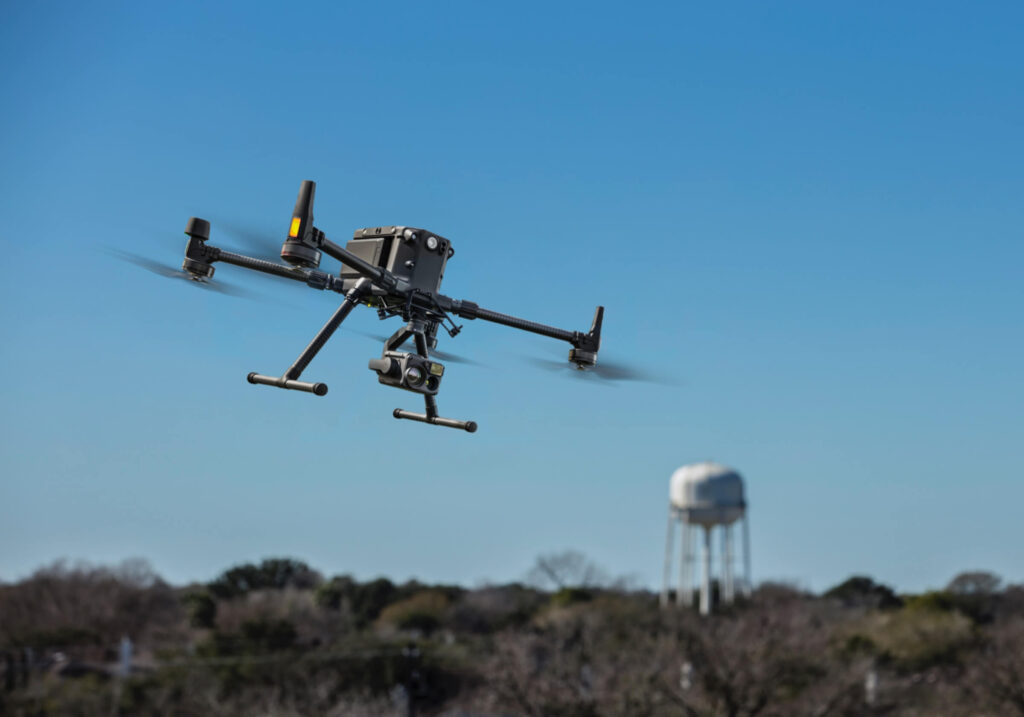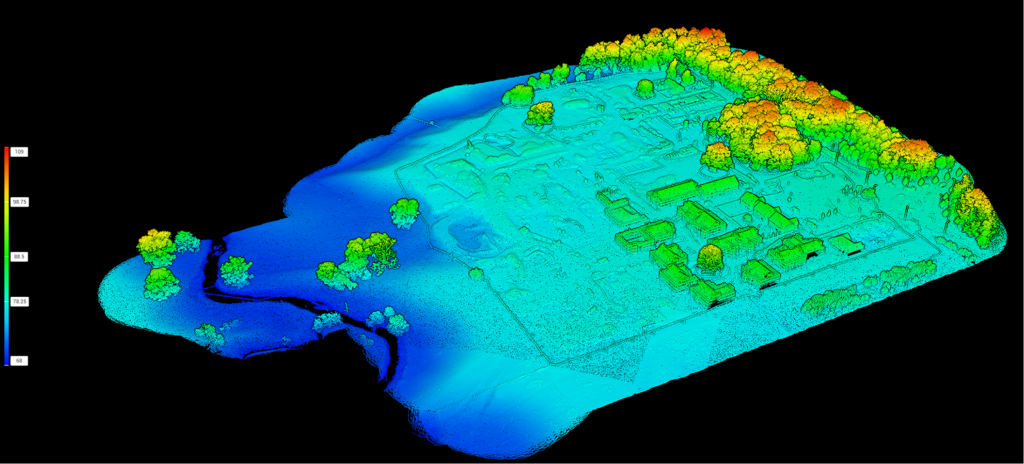How drone’s are Powering a Greener Future in Scotland
Introduction
In recent years, the world has witnessed a remarkable convergence of two dynamic technological arenas: drones and renewable energy. These unmanned aerial vehicles (UAVs) have not only transformed how we view the skies but are also revolutionising the renewable energy sector. Nowhere is this marriage more evident than in Scotland, where rugged landscapes and abundant natural resources provide the perfect setting for innovation. This document explores how drones are intertwined with the rise of renewable energy, with a special focus on the Scottish context.

Drones: A Brief Overview
Drones, or UAVs, are remotely piloted aircraft systems that have evolved from niche military equipment to tools of immense versatility. They come in various shapes and sizes, from small quadcopters used for photography to large fixed-wing aircraft capable of carrying heavy payloads. Key technological advances—including lighter composite materials, improved battery life, and sophisticated guidance systems—have fuelled their proliferation in commercial applications.
The Evolution of Drone Technology
The journey of drones began in the 20th century, with early uses centred on surveillance and reconnaissance. The earliest example that we might recognise as a drone appeared in 1916, a radio-controlled pilotless aircraft developed for military use. Drones would continue to find military applications throughout the 20th century. However, the past two decades have seen exponential growth in civilian and industrial uses. Today, drones are employed across sectors such as agriculture, construction, logistics, public safety, and, increasingly, the renewable energy industry.
Renewable Energy: The Green Imperative
The world’s shift towards renewable energy is both a response to the climate emergency and a leap toward sustainable economic growth. Wind, solar, hydro, and tidal energy are at the heart of this green revolution. These technologies rely heavily on continuous monitoring, efficient maintenance, and large-scale data analysis—areas where drones are increasingly indispensable.
Challenges in Renewable Energy
Despite their promise, renewable energy installations face several challenges:
- Monitoring and Maintenance: Wind turbines, solar farms, and hydroelectric plants are often located in remote or hazardous areas, making regular inspection difficult and costly.
- Scalability: As the push for renewables accelerates, the scale of installations expands, requiring new solutions for management and oversight.
- Efficiency: Detecting faults early and minimising downtime are crucial for maximising output and return on investment.
The Intersection of Drones and Renewable Energy

Drones have emerged as an essential tool in overcoming many hurdles facing the renewable energy sector. Their ability to cover vast areas quickly, capture high-resolution data, and operate in difficult conditions delivers numerous advantages.
Drones in Wind Energy
Scotland is a world leader in wind energy, both onshore and offshore. Inspecting wind turbines—often standing over 100 metres tall and situated in windswept locations—can be hazardous work. Traditionally, such inspections required climbing or the use of helicopters, both of which carry risks and costs. Drones, fitted with high-definition cameras and thermal sensors, now perform detailed inspections with minimal risk and disruption. These UAVs can:
- Quickly identify blade erosion, cracks, or other structural issues
- Provide real-time imagery for rapid assessment
- Reduce turbine downtime during inspections
- Increase safety by minimising human intervention
Companies across Scotland, such as Drone Scotland, are at the forefront of such initiatives, enabling safer, faster, and more economical wind farm management.
Drones and Solar Power
Solar farms, with their vast arrays of panels stretching across fields and hillsides, demand regular inspection. Manual checks are time-consuming and sometimes miss subtle defects. Drones equipped with infrared cameras can fly over solar installations, instantly detecting faulty cells, dirt accumulation, or shading issues that reduce efficiency. In Scotland, where weather conditions can be challenging, rapid assessments by drones are invaluable for maintaining optimal performance of solar assets.
Drones in Hydro and Tidal Energy
Scotland’s unique geography—its lochs, rivers, and extensive coastline—makes it a prime site for hydroelectric and tidal energy projects. Drones assist here too, mapping riverbanks, monitoring water levels, and inspecting underwater infrastructure using specialised sensors. By providing access to hard-to-reach locations, UAVs support environmental monitoring and quick response to potential problems, thereby bolstering the reliability of hydro and tidal energy systems.
Environmental Monitoring and Data Collection

Another critical area where drones excel is environmental monitoring. The shift to renewables must be managed sustainably, minimising disruption to habitats and local communities. Drones can rapidly survey large areas, creating detailed 3D maps and collecting data on wildlife, vegetation, and erosion. In Scotland, these surveys are essential for ensuring compliance with environmental regulations and for planning new renewable installations with minimal ecological footprint.
Case Study: Drone Scotland Limited
Drone Scotland Limited is a leading provider of aerial data, inspection, and surveying services, with a strong focus on supporting the renewable energy industry across the country. By deploying advanced drones and utilising sophisticated data analytics, Drone Scotland Limited offers tailored solutions to wind, solar, and hydro clients. Their services include:
- High-precision aerial inspection of wind turbine blades and solar arrays
- Thermal imaging to rapidly identify faults or inefficiencies
- 3D modelling and mapping for planning and project management
- Comprehensive environmental surveys for regulatory compliance
The company prioritises safety, cost-effectiveness, and minimal disruption to ongoing operations. With a team of qualified pilots and data specialists, Drone Scotland Limited is helping the renewable sector operate more efficiently and sustainably. Beyond inspection and analysis, Drone Scotland Limited also supports promotional and educational initiatives, using aerial photography and videography to showcase renewable energy developments to a wider audience.
The Broader Impact: Economic and Social Benefits
The integration of drones into Scotland’s renewable energy sector offers a host of wider benefits:
- Job Creation: The demand for skilled drone pilots, data analysts, and maintenance technicians is growing, forming a new industry and offering opportunities in both rural and urban communities.
- Education and Training: Universities and colleges, such as the University of Strathclyde and Edinburgh Napier University, are developing specialised courses in drone technology and renewable energy, positioning Scotland as a leader in both fields.
- Community Engagement: Drones are increasingly used for public engagement, offering aerial views of developments and helping stakeholders visualise projects and understand their impact.
Regulatory Landscape and Future Challenges
As drone usage expands, regulation is essential to ensure safety, privacy, and environmental protection. The UK Civil Aviation Authority (CAA) sets out operational guidelines, requiring operators to be licensed and follow strict protocols, especially in commercial and sensitive areas. In Scotland, authorities collaborate closely with industry to balance innovation with public interest.
Looking ahead, challenges remain:
- Ensuring data security and privacy while collecting vast amounts of aerial data
- Navigating complex airspace, particularly as urban drone use increases
- Integrating autonomous flight—using AI and machine learning—safely into commercial operations
- Adapting to rapid advancements in battery technology and drone endurance
The Path Forward: Drones as Catalysts for Greener Energy
The story of drones and renewable energy in Scotland is still unfolding. From Skye to the Borders, UAVs are helping to accelerate the transition to a greener, more resilient energy system. By reducing costs, improving safety, and increasing efficiency, drones are not only supporting the growth of renewables but are also fostering new industries and opportunities across the country.
Innovation on the Horizon
As technology advances, drones will continue to evolve. Emerging trends include:
- Swarm technology, where multiple drones work collaboratively for large-scale surveys
- Integration with the Internet of Things (IoT) for real-time asset monitoring
- Further use of AI for predictive maintenance and data interpretation
With ongoing investment and research, Scotland is poised to remain at the cutting edge, demonstrating how drones and renewables together can power a sustainable future.
Conclusion
The synergy between drones and renewable energy is transforming Scotland’s landscape—quite literally. By embracing aerial innovation, and with companies like Drone Scotland Limited leading the way, Scotland is not only harnessing its natural resources more efficiently but is showcasing what is possible when tradition meets technology. As the world faces the urgent task of decarbonisation, the lessons learned in the skies above Scotland may very well chart the course for a greener global tomorrow.
For further information on how Drone Scotland can help your renewable energy project, please contact our team at office@dronescotland.com or 0141 302 4685.
